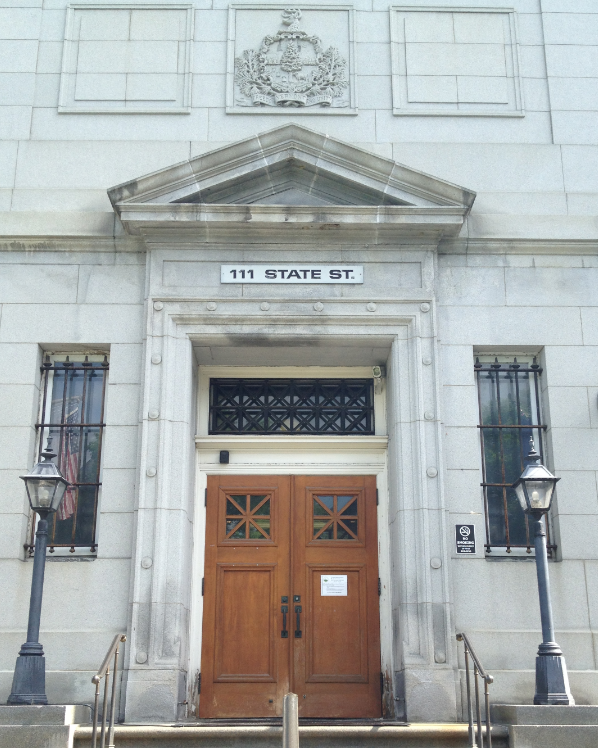Lussier, Administrator v. Bessette, Lussier and Reed (2010-056) (19-Nov-2010) 2010 VT 104 (Reiber, C.J. )
The trial court granted summary judgment in favor of defendants in this wrongful death action. On appeal, plaintiff argues the trial court erred in holding that defendants were not subject to concerted action liability for their participation in a hunt which culminated in the death of Rejean Lussier. We affirm.
While on a joint hunt with defendants, Mr. Viens shot Lussier in boredom or poor judgment when he looked through his scope at a tractor and fired. The pertinent inquiry for the trial court was whether defendants were engaged in concerted activity with Mr. Viens when he shot Mr. Lussier. As adopted by this Court, the Restatement sets out three alternative tests:
A person is subject to liability for harm resulting to a third person from the tortious conduct of another if the person: (1) commits a tortious act as part of a common design with the other; (2) gives substantial assistance to the other knowing that the other’s conduct is a breach of duty; or (3) gives substantial assistance to the other to accomplish a tortious result while also acting in a manner that is a breach of duty to the third person.
Montgomery v. Devoid, 2006 VT 127, ¶ 33, 181 Vt. 154, 915 A.2d 270 (citing Restatement (Second) of Torts § 876 (1979))
At least a minimal knowledge requirement must be met before liability can be imposed on a common design theory. Defendants had no knowledge, nor any reason to suspect, that Mr. Viens was engaging in flagrant hunting violations in breach of his duty to Mr. Lussier. Because defendants did not know that Mr. Viens was engaged in conduct constituting a breach of his duty to Mr. Lussier, they cannot be found guilty of concerted action liability under the first and second prong.
As to the third prong, there was nothing in defendant’s hunting plan—walking through the woods to flush a deer—that would have Mr. Viens’s hunting violations as its natural and probable result. Neither were defendants’ actions a breach of some separate duty owed to Mr. Lussier. It is not the duty of those in a hunting party to supervise other members. Because defendants breached no separate duty to Mr. Lussier and because their actions did not proximately cause his death, they are not liable under this final prong.
Finally, the Restatement cautions that a person who encourages another to commit a tortious act is ordinarily not liable for acts of the other done in connection with the intended tortious act that were not foreseeable by him. Restatement (Second) of Torts § 876, cmt. d (1979). It is generally not foreseeable that another hunter in hunting party will violate hunting safety rules. See, e.g., Kramschuster v. Shawn E., 565 N.W.2d 581 (Wis. 1997). Even assuming defendants’ plan was negligent, it was not foreseeable that as part of this plan that Mr. Viens would engage in the hunting violations that proximately caused Mr. Lussier’s death. Defendants may have created the risk that someone would be shot when Mr. Viens attempted to shoot a dear in accordance with the group’s hunting plan, but Mr. Viens was not acting pursuant to the plan when he looked through his scope at the tractor in boredom or poor judgment.
Because Mr. Lussier’s death was the natural and probable result of Mr. Viens’s conduct, but not of defendants’, defendants cannot be found liable.
